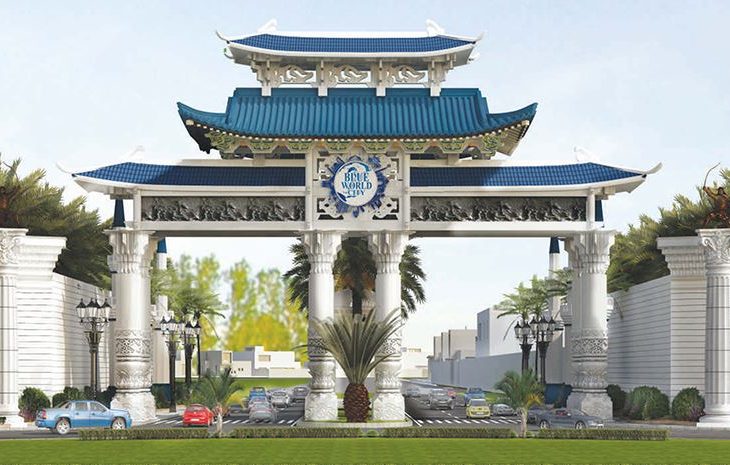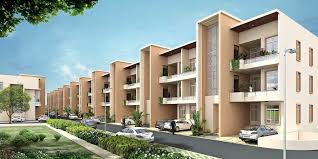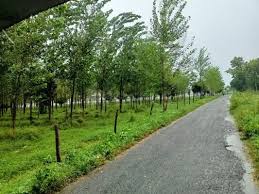
As cities across the globe grapple with the challenges of rapid urbanization, climate change, and resource scarcity, sustainable urban development projects have become essential. Among these, “Tabeer 1” is emerging as a groundbreaking model, capturing the attention of architects, city planners, and environmentalists alike. Designed with a holistic approach to sustainability, Tabeer 1 aims to not only redefine urban living but also set new benchmarks for environmental responsibility, community wellness, and resource efficiency.
What Is Tabeer 1?
Tabeer 1 is a conceptual model for sustainable living that combines eco-friendly architecture with smart city innovations. Developed with the vision of creating a self-sustaining urban space, Tabeer 1 embodies green infrastructure and integrates renewable energy sources, waste management systems, and cutting-edge technology to optimize energy and water consumption. The project is designed as a community-centered, mixed-use development with a blend of residential, commercial, and recreational spaces. The result is a living environment where sustainability and convenience intersect seamlessly.
Key Features of Tabeer 1
1. Renewable Energy Integration
Tabeer 1 is powered largely by renewable energy sources, making it a model of self-sufficiency and resilience. Solar panels and wind turbines are strategically placed throughout the community to harness natural energy, reducing dependence on conventional power grids. Moreover, Tabeer 1 integrates a smart energy management system that monitors energy use in real-time, allowing residents and businesses to track their consumption and make adjustments accordingly. This system not only reduces the community’s carbon footprint but also lowers utility costs for residents.
2. Water Conservation and Recycling
Water scarcity is a pressing concern for many cities, and Tabeer 1 addresses this with advanced water management solutions. Rainwater harvesting systems and greywater recycling technologies are implemented to minimize wastage. Collected rainwater is filtered and stored for various purposes, such as irrigation and cleaning, while greywater recycling systems treat and reuse water from showers and sinks. These features reduce the demand for freshwater resources, ensuring a more sustainable water supply for the community.
3. Green Architecture and Design
One of the standout aspects of Tabeer 1 is its innovative green architecture. Buildings within the development are designed with energy efficiency in mind, featuring elements like green roofs, natural ventilation, and passive solar heating. Green roofs help regulate indoor temperatures, reduce the urban heat island effect, and provide additional green spaces for residents. Many buildings also incorporate natural light optimization, reducing the need for artificial lighting and thus lowering energy consumption.
4. Smart Waste Management
A critical component of any sustainable urban project is waste management, and Tabeer 1 has integrated an intelligent waste disposal system to handle this effectively. Waste is sorted at the source, with biodegradable waste being converted into compost for use in community gardens, while recyclable materials are processed and reused. This closed-loop system minimizes the volume of waste sent to landfills, aligning with the project’s zero-waste goal.
5. Focus on Community Well-being
Beyond environmental sustainability, Tabeer 1 places a strong emphasis on fostering a healthy, vibrant community. The development includes ample green spaces, walking and biking trails, and recreational facilities to promote an active lifestyle among residents. Community centers offer spaces for social interaction and collaborative events, helping to build a sense of unity and shared purpose. Health clinics, educational institutions, and co-working spaces are integrated within the community, creating an ecosystem that supports diverse lifestyles and needs.
Read more: top property developers in dubai
Why Tabeer 1 Matters
Tabeer 1 is more than just an architectural marvel; it’s a blueprint for a sustainable future. With urban populations on the rise, cities are under immense pressure to provide infrastructure and resources without compromising the environment. Tabeer 1 demonstrates how cities can thrive by embracing eco-friendly practices, harnessing renewable energy, and prioritizing resident well-being. Its success could serve as an inspiration for similar projects worldwide, encouraging more cities to adopt sustainable urban designs.
Moreover, Tabeer 1 addresses the critical issue of climate resilience. As climate change accelerates, cities are increasingly vulnerable to natural disasters and resource shortages. By promoting resource independence, energy efficiency, and waste reduction, Tabeer 1 offers a framework that can make cities more adaptable and resilient in the face of environmental challenges.
Conclusion: A Model for the Future
Tabeer 1 represents a bold step forward in the quest for sustainable urban living. Through its innovative use of technology, green infrastructure, and community-centric design, Tabeer 1 illustrates the potential of an eco-friendly, self-sustaining urban ecosystem. As more cities look for solutions to address their environmental and social challenges, Tabeer 1 stands out as a model that can guide future developments. Its comprehensive approach to sustainability may well inspire a new era in urban planning—one where cities are not only built to support their residents but also to coexist harmoniously with the planet.
Explore more articles by clicking here














